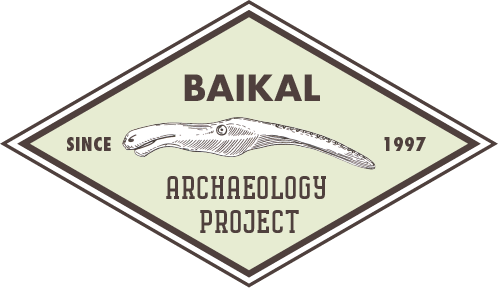Congratulations to Dr. Angela Lieverse and co-authors on the publication of their recent article in Anthropological Science!
Title: Pediatric mandibular osteomyelitis: a probable case from Okhotsk period (5th–13th century AD) northern Japan
Authors: Lieverse AR, Kubo D, Bourgeois RL, Matsumura H, Yoneda M, Ishida H
Abstract: This paper discusses a probable case of pediatric mandibular osteomyelitis (OM) from the east Hokkaido Okhotsk (5th–13th century AD) site of Moyoro, Japan. The remains of a young child present an unusual mandibular lesion exhibiting two main features: (1) cortical thickening reflecting periosteal new bone formation, and (2) lytic alveolar destruction with associated antemortem tooth loss. The lesion was examined macroscopically, microscopically, and via computed tomography imaging. A differential diagnosis—considering lesion appearance, location, and the age of the child—is most consistent with OM, while alveolar and dental involvement suggest an odontogenic source such as an infected tooth germ. The infection appears to have been active at the time of death and chronic (i.e. of 4+ weeks) in duration, an interpretation supported by enamel hypoplastic evidence of physiological stress in the preceding 12–18 months. The lesion’s unique appearance highlights the diverse manifestation of OM, especially in the jaws and in the absence of modern therapeutic treatment. Despite being considered a relatively common condition among non-adult individuals in the past, surprisingly few cases of pediatric OM have been reported from archaeological contexts. This case, only the second documented on a mandible, contributes to the general paucity of paleopathological literature on OM.
Congratulations to Angela and co-authors (including Angela’s former graduate student, Rebecca Bourgeois, and several former BHAP researchers from Japan)!

